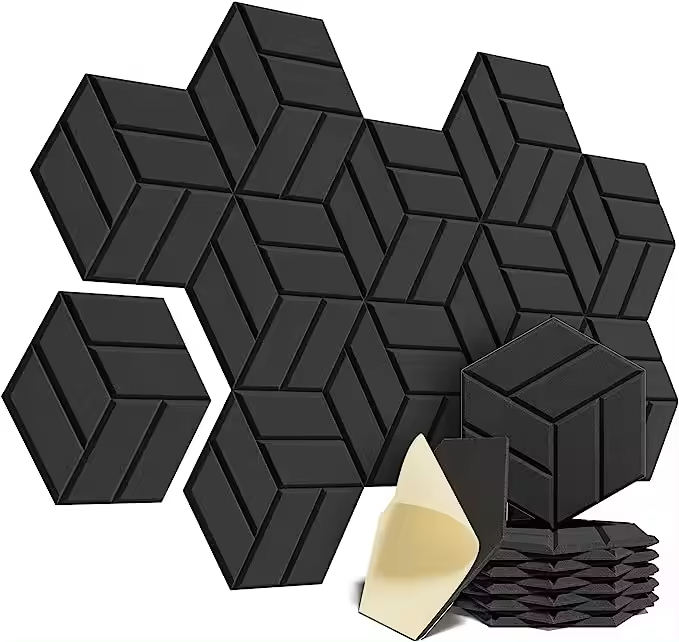Sound Absorbing Wall Panels Enhancing Acoustics in Modern Spaces
In our increasingly noisy world, creating a pleasant auditory environment has become essential for both residential and commercial spaces. One of the most effective solutions for improving sound quality is the use of sound absorbing wall panels. These innovative architectural elements not only enhance aesthetics but also significantly improve acoustics, making them popular choices for offices, schools, studios, and homes.
Understanding Sound Absorption
Sound absorbing wall panels are designed to reduce sound reflections within a space. Acoustics is the science of sound; when sound waves travel through a room, they can bounce off hard surfaces—such as walls, ceilings, and floors—causing echoes and reverberation. This can lead to a noisy and uncomfortable environment, particularly in spaces where clarity of communication is crucial. Sound absorbing materials help to mitigate these issues by converting sound energy into a small amount of heat, effectively dampening the echoes and creating a more controlled sound environment.
Benefits of Sound Absorbing Wall Panels
1. Improved Sound Quality The primary benefit of using sound absorbing wall panels is the significant improvement in sound quality. These panels help to reduce background noise and create a clearer and more focused sound environment. This is particularly important in settings like conference rooms, classrooms, and recording studios, where effective communication is key.
2. Enhanced Privacy In open office environments, where employees work in close proximity, noise can be a major distraction. Sound absorbing panels can provide acoustic privacy by reducing sound transmission between different areas, allowing employees to focus better on their tasks without interruptions from nearby conversations.
3. Aesthetic Appeal Beyond their functional benefits, sound absorbing panels also come in a variety of designs, colors, and finishes. This allows architects and designers to integrate them into their projects seamlessly, enhancing the visual appeal of a space while simultaneously improving its acoustic performance.
sound absorbing wall panels

4. Versatility Sound absorbing panels can be used in a variety of settings, from residential living rooms and home theaters to professional workspaces and hospitality venues. Their versatility means that they can be customized to meet the specific acoustic needs of any environment.
5. Easy Installation Most sound absorbing wall panels are designed for straightforward installation. They can be mounted directly onto walls or ceilings, and many products come with adhesive backings or can be hung like artwork, making them an accessible solution for those looking to enhance their spaces without extensive renovations.
Selecting the Right Panels
When choosing sound absorbing wall panels, several factors should be considered, including the material, thickness, and design. Common materials used in these panels include foam, fabric-wrapped mineral wool, and wood, each offering different absorption coefficients. Thicker panels generally provide better sound absorption, so it’s essential to consider the specific acoustic requirements of your space.
In addition to functionality, the design of the panels should align with the overall aesthetic of the room. Some manufacturers offer custom designs, allowing users to create panels that fit their branding or interior design themes.
Conclusion
Sound absorbing wall panels present a practical and stylish solution for improving the acoustics of various environments. By reducing noise levels and enhancing sound quality, they contribute to a more comfortable and productive atmosphere. Whether in a bustling office, a lively restaurant, or a serene home, these panels serve as an effective tool for achieving the desired auditory experience. As the demand for better sound quality continues to grow, investing in sound absorbing wall panels is a wise choice for anyone looking to enhance their space.
